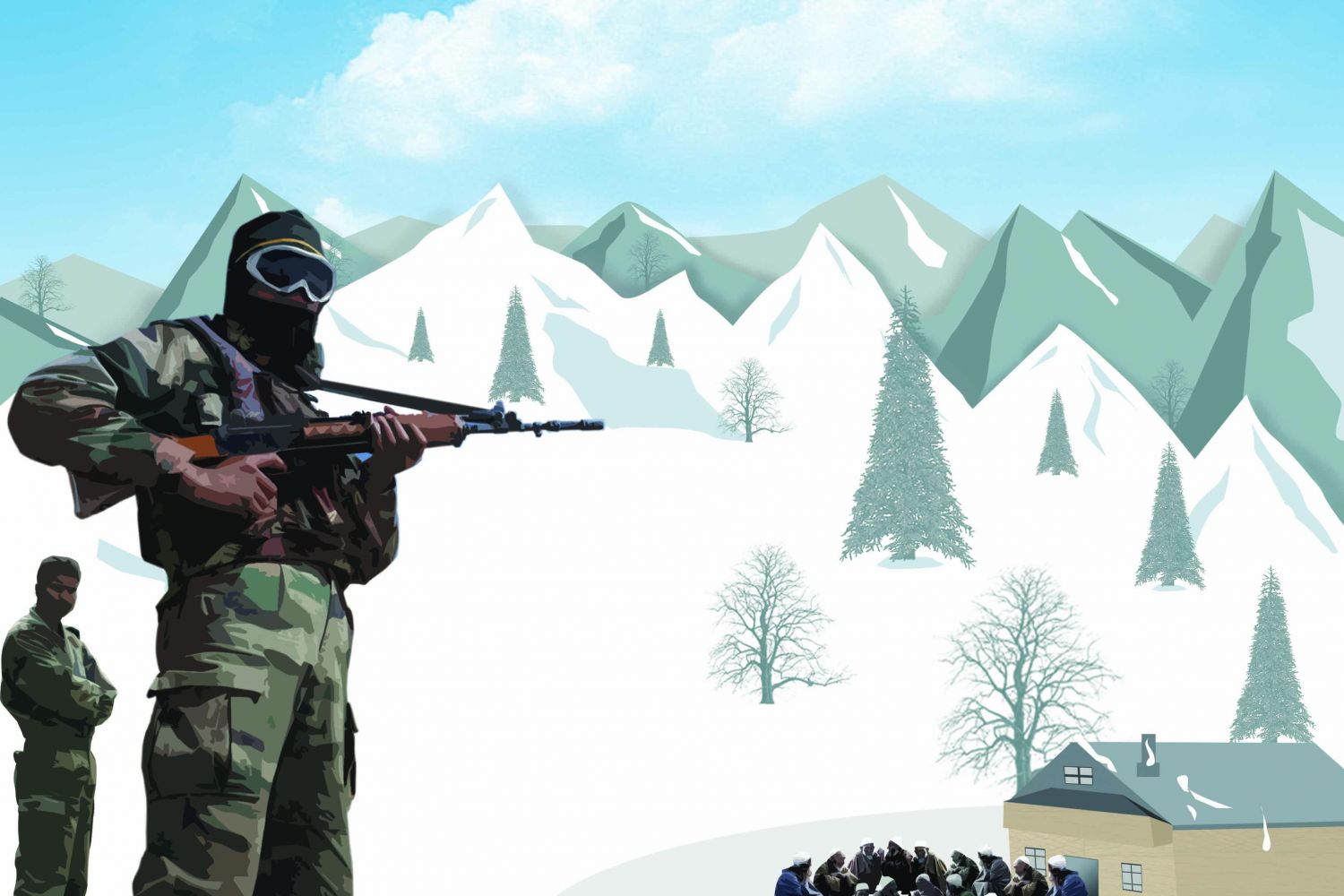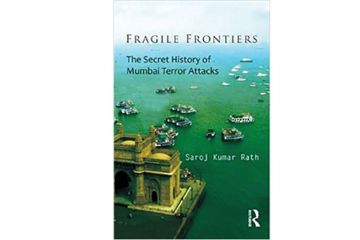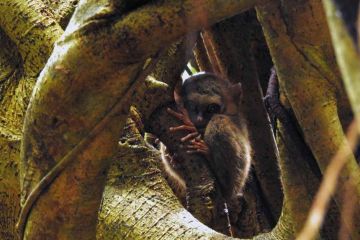
Some 13 km north to
the town of Anantnag in south Kashmir, my village, Seer, lies in the lap of the
Pir Panjal mountains, the largest range of the low Himalayas. The houses in my
neighbourhood are made of red-baked bricks and slanting tin roofs, and huddle
close together, forming a continuous line along one side of the main road,
which links the village to the town.
The other side of the
road runs along the mountains. It has a short row of kiosks interspersed with
some houses, fallow la





